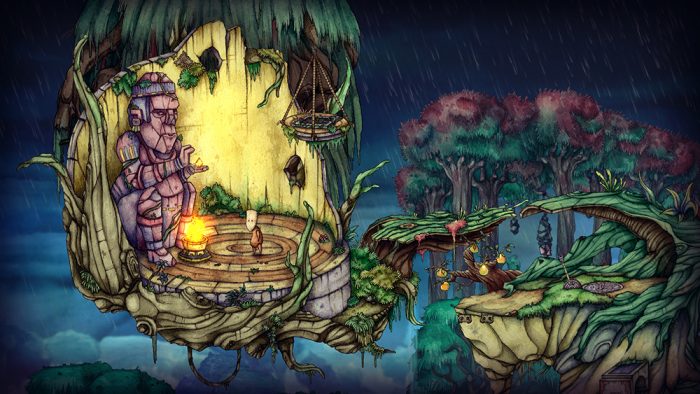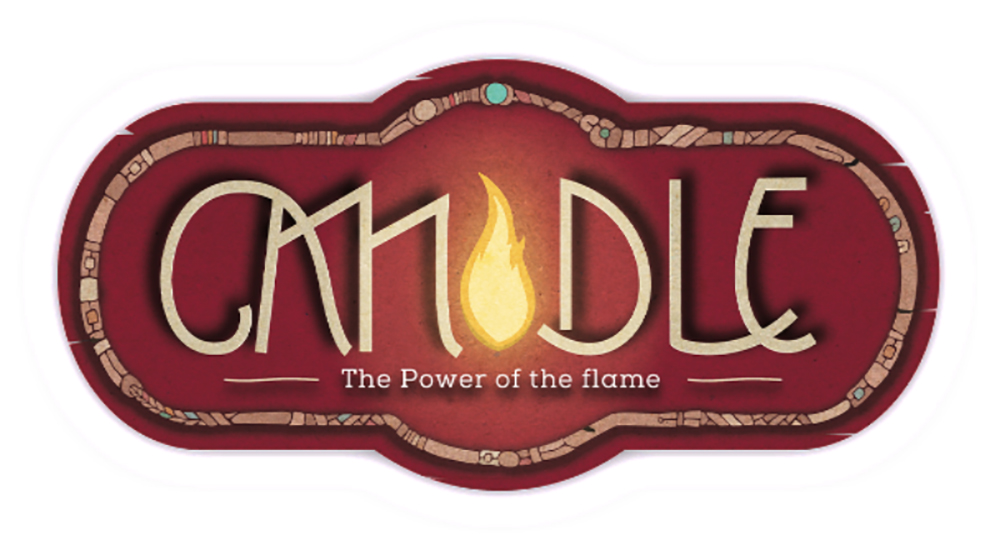Adventure games have found a great home on the Switch, with new ones popping up every week. Each seems to bring a unique style to it, and Candle: The Power of the Flame is no different. It takes the genre and adds platforming and puzzles, adding swaths of ink and watercolor to distinguish itself from the rest. It combines all of this into a slow, methodical experience framed in articulate set pieces that both bleed energy, and sap it away if we expect too much.
Candle lives and dies by its ability to mix its visuals into its puzzles. It has vibrant colors and high contrast, but it does so to hide details that become parts of puzzles later. It’s not necessarily challenging, but it definitely arranges its tasks in ways that result in a calm, almost rhythmic pace. That is, the tasks are usually laid out like complex if-then statements full of necessary steps, all placed just perfectly apart so that we’re not doing everything too fast. Walk from one end of the screen to the other, activate a lever, climb to the top, grab something, jump to the other side and drop off the item, then walk all the way back to activate a switch… one that opens a door on the other side of the screen. A lot of the puzzles take place in the singular areas, but sometimes there are requirements to hop around to places we’ve been to before. This means that returning to the game after a break of a couple of days might make us forget what to do next.
But it’s easy to follow along with when we *are* moving, and because of the inside-out nature of the puzzles, they zig zag out from a small area to larger and larger, making the world feel bigger than it actually is.

That’s helpful when we just want to sit and check out that art. The hand-drawn visual style is fresh, but also familiar, reminding me of junior high school notebooks filled with doodles and color pencil drawings. It captures a nostalgic vibe without being retro. But the art is also a bit of a detriment to the game, since everything — from foreground to background and even to the main protagonist Teku — seems to blend together too much, making it ever so slightly difficult to discern what is pickable and what isn’t. It also means that the hit detection feels a bit off, as I never know just how close to get to an object to interact with it.
The game’s design choices all feel purposeful to the theme. Candle has intriguing art, but it does so to hide the subtle darkness of the narrative. The game tells the story of a disappearing shaman in an almost mythical world, where bad things are supposed to happen and we can’t do anything about it. Except, Teku believes he can, and journeys to change that world around him.

Candle: The Power of the Flame feels like it’s set in the world of some ancient texts, redrawn by a fan of surreal art and Prismacolor pencils. It requires patience, not because we don’t know what to do, but because it can take a cadence to get there. It’s slow, but it sure is pretty.
This review is based on an eShop code for the game send to SideQuesting by the publisher.


No Comments